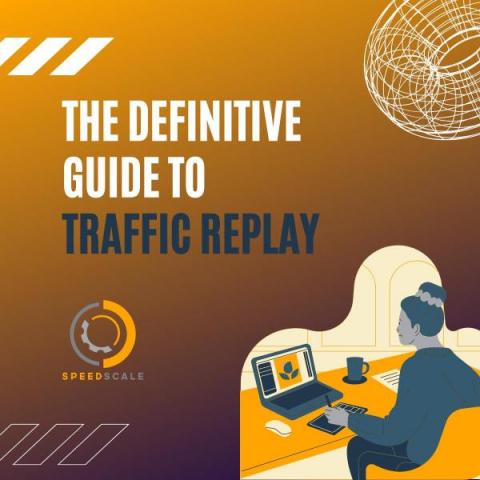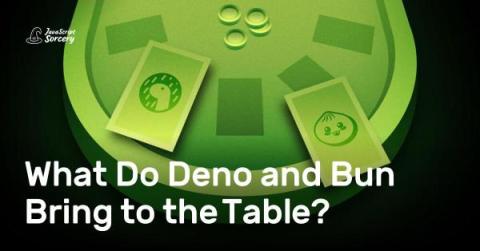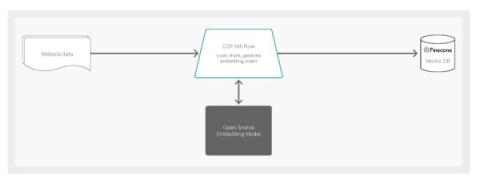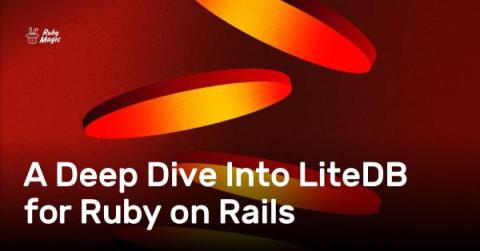Systems | Development | Analytics | API | Testing
%term
Painless Kong Gateway Upgrades on Kubernetes with the Kong Gateway Operator
The Definitive Guide to Production Traffic Replication and Replay for Software Testing
How to Build Citations to Boost Local SEO?
What Do Deno and Bun Bring to the Table?
Deno and Bun are two JavaScript runtime newcomers that aim to undermine Node.js. These alternatives have gained popularity for their innovative approach to server-side development with JavaScript. But the real question is: what do they bring to the table compared to Node.js? In this post, you'll learn what Deno and Bun are, what they offer, and how they address some long-standing drawbacks in Node.js. We'll shed light on specific use cases where Deno and Bun excel.
Harness the Power of Pinecone with Cloudera's New Applied Machine Learning Prototype
At Cloudera, we continuously strive to empower organizations to unlock the full potential of their data, catalyzing innovation and driving actionable insights. And so we are thrilled to introduce our latest applied ML prototype (AMP)—a large language model (LLM) chatbot customized with website data using Meta’s Llama2 LLM and Pinecone’s vector database.
A Deep Dive Into LiteDB for Ruby on Rails
In the second post of our series covering LiteStack (an alternative way to build Rails applications entirely based on SQLite), we'll explore the database's concepts of flexible typing and type affinity. We'll not only discover how SQLite's data handling differs from other SQL databases, but also how we efficiently process and store binary data, like images, directly in a database column. Note: LiteDB is essentially SQLite, but fine-tuned for usage in Rails.
Apex Integration Services: The Ultimate Guide
Entry Criteria For Software Testing
9 User Experience Tools To Increase Shopping Cart Conversions
From the moment Tom, the upcoming rapper, comes to your digital store, picks the latest Nike, to when he walks out with his loot, he deserves a user experience smoother than Michael Jackson’s moonwalk. If your site fails this litmus test, you may as well say goodbye to the emerging artist (and his money). If you succeed? Probably a conversion (and maybe a free promo in his next EP?). So, how do you rev up your site’s shopping cart conversions and turbocharge your revenue while at it?











